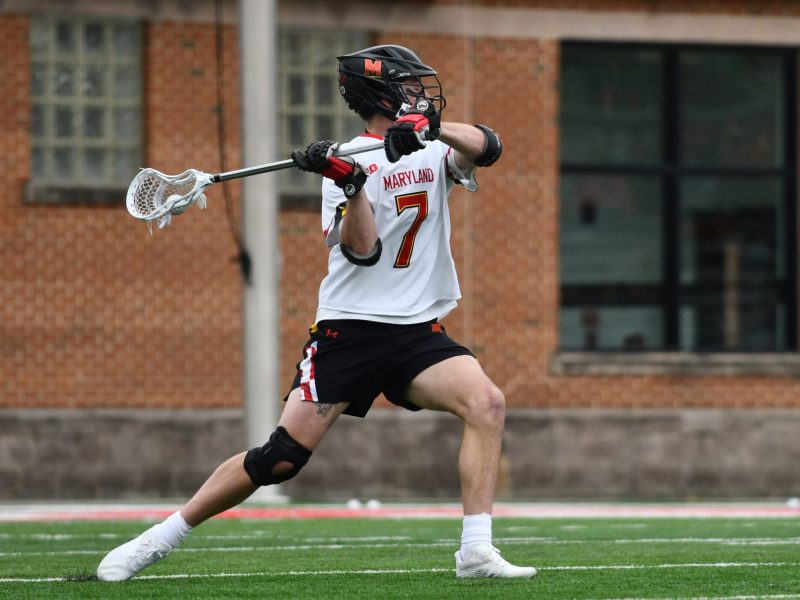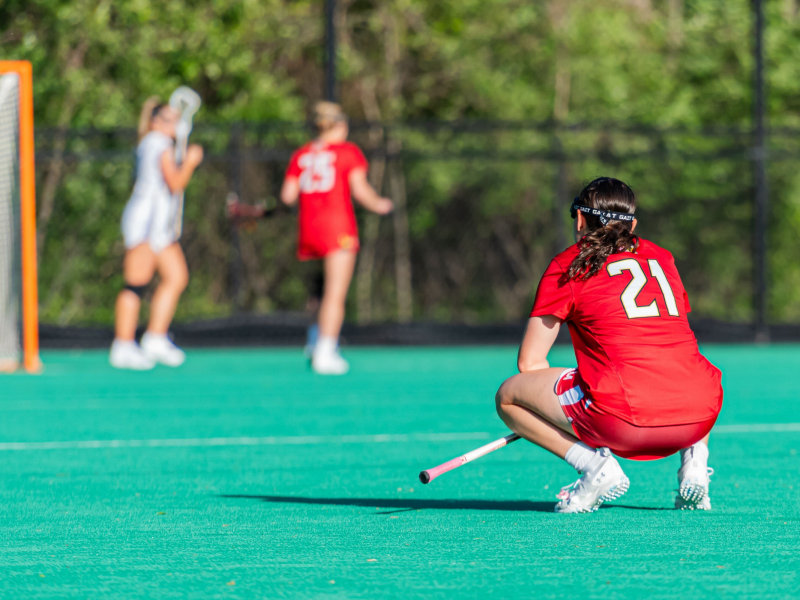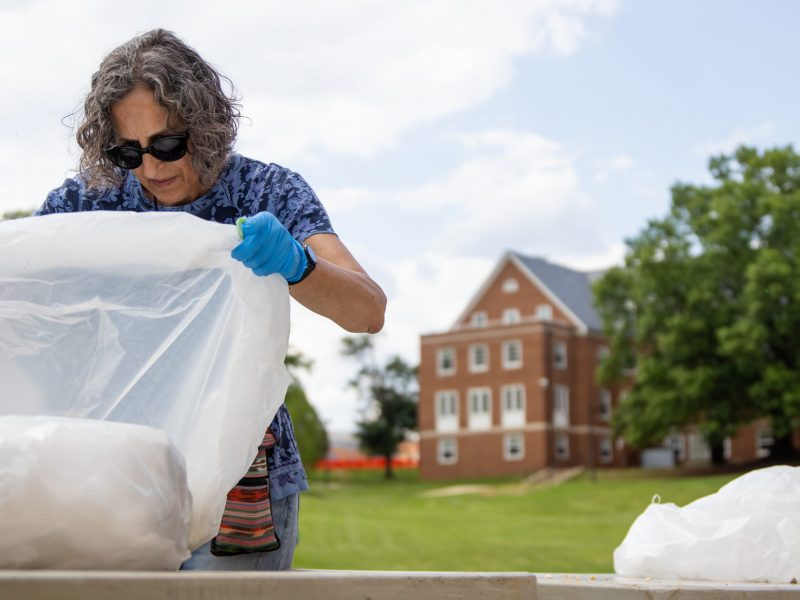
Kendrick Lamar NSO
Rare is it that humanity unites over something anymore.
Sure, we’re civil enough. We get lunch with friends, we cooperate with classmates, we tolerate coworkers. We like people like us. Hardly ever, though, do a bunch of strangers of completely different ages, races and experiences converge in support of the same thing.
That said, Kendrick Lamar is as rare as they come.
The Compton native, Grammy award-winner, hip-hop philosopher and rap king strode into the Kennedy Center on Tuesday night with the National Symphony Orchestra at his back and a mixed bag of an audience to his front.
His subjects: three maniacally happy tweenaged boys sporting Abercrombie tees and crew cuts, spitting every damn verse; a doughy business man in a suit jacket holding his phone as though he’d forgotten all about it, tired but focused with a twinkle in his eyes; a cool group of alternative girls in plaid and chokers, grungy boots and faded hair dye, betraying their careful facade with blissful dancing; an old man, seated but smiling; actor Chadwick Boseman pretty much losing his s— in the third row.
The orchestra: An ocean, a monster, a boom box and a symphony, all at the same time. Led by the NSO’s principle pops conductor, Steven Reineke (some kind of cross between a rock star and a madman in his own right), the music rolled, swelled, undulated, beat and punched, sometimes warming Lamar’s machine-gun lyrics, sometimes rising to meet their insanity with blaring horns, wailing saxophone and plucked violins. Reineke and his fleet, old hip-hop pros after reconstructing Nas’ Illmatic last year, somehow matched the stylings of Lamar’s four-piece funk band and the rapper’s rolling segues. The orchestra backed a mash-up that changed from “For Free? (Interlude)” to “Wesley’s Theory” to “Institutionalized” to “Backseat Freestyle” with barely any pause — unless Lamar asked for one.
And he did.
Lamar, of course, was every bit the street poet savior the hip-hop community and county at large have willed him to be. But he was so much more. In the heart of Washington, with a veritable microcosm of the national community there at his behest, Lamar was the good kid from a tough neighborhood making it big, face lit with pure joy. Lamar was the intrepid performer, commanding the audience to jump or shout, pointing to individual members, making meaningful eye contact and palling with Reineke between encores. Lamar was the pontifical songsmith, crafting his message with lightning freestyle and deft hand gestures that screamed “listen to me; this is for your own good.” Lamar was the wise philosopher telling us we’re all beautiful and that skin color doesn’t matter.
But back to that pause.
Lamar started sweating for the first time under the effort of an exorcismic (yes, I made that word up) performance of “The Blacker the Berry” that launched into “Mortal Man.” He promptly exited the stage once finished. People tried to clap and cheer when he returned, but he waved them off.
“I just want to feel the energy of the room,” he said.
To Pimp a Butterfly, he said, was written for moments like that one — moments of intense energy and intense importance, moments for people to learn from and to connect to. After waxing philosophical, as he had several times throughout the performance, he paused, grabbed the microphone and for the last time, lit the opera house on metaphorical fire with “Alright.”
It’s pretty hard to explain what happened in the Kennedy Center on Tuesday night. It was the kind of heart-in-your-throat happiness that, if I tried to describe it, would sound exaggerated and ruin the specialness.
Just believe me when I say the performance was beyond imagination, and know this: Kendrick Lamar is the conductor. All of us are his orchestra.


